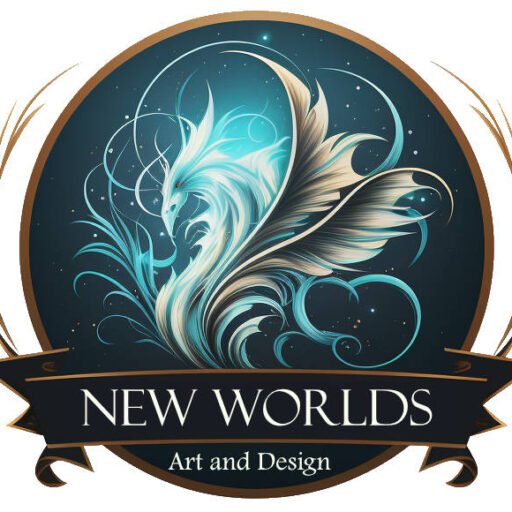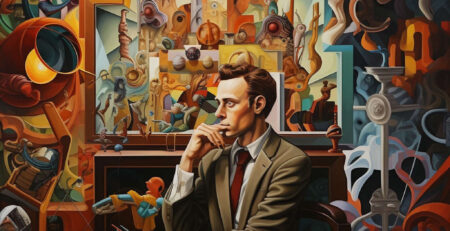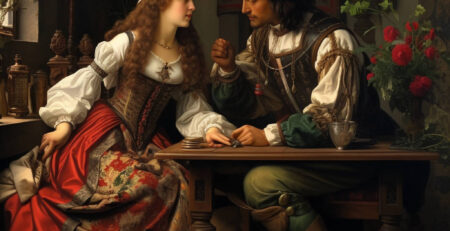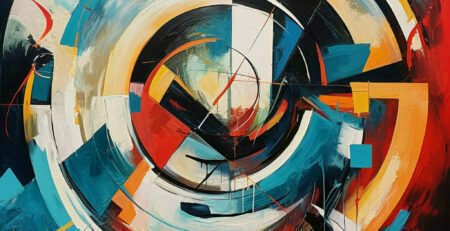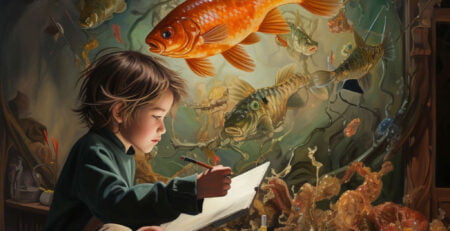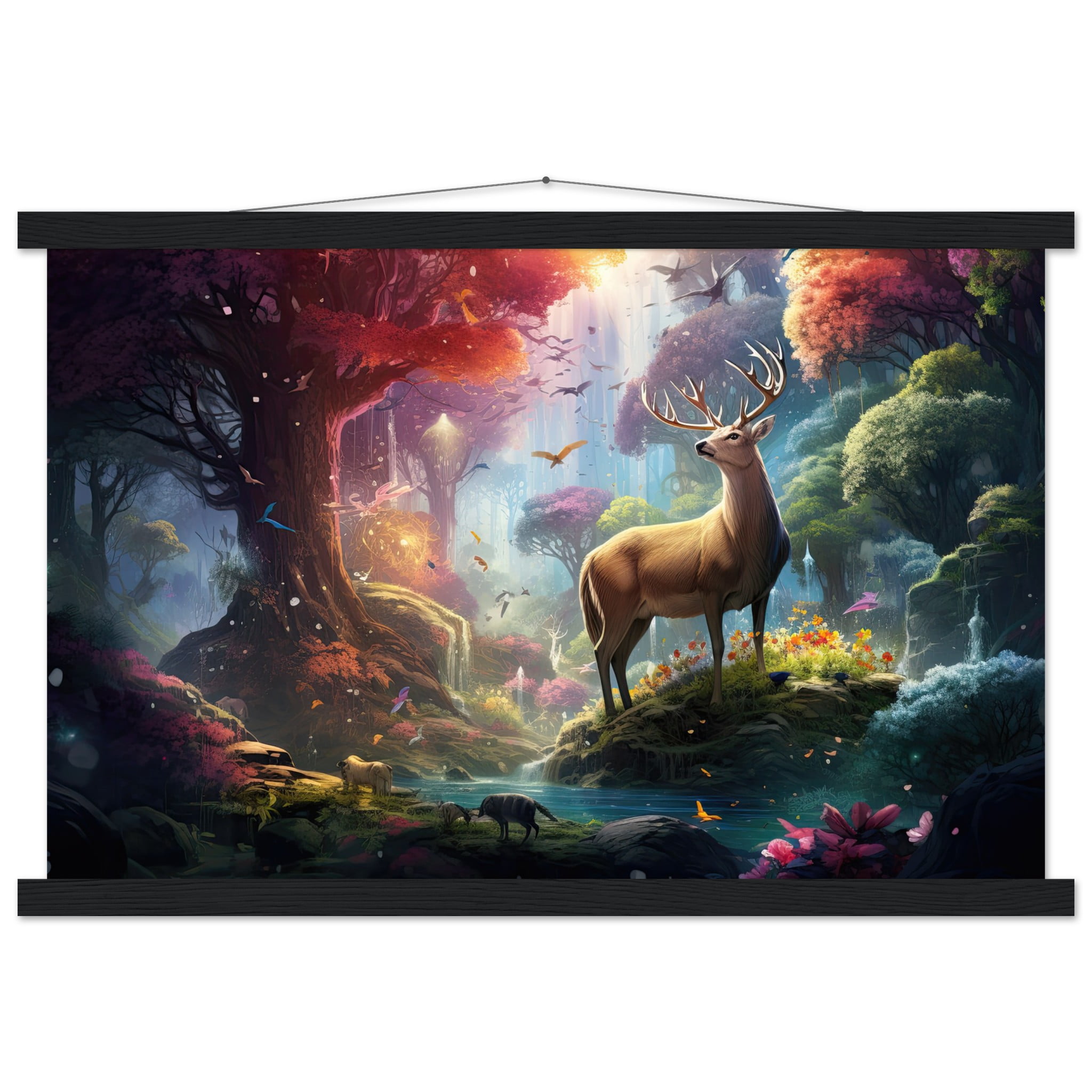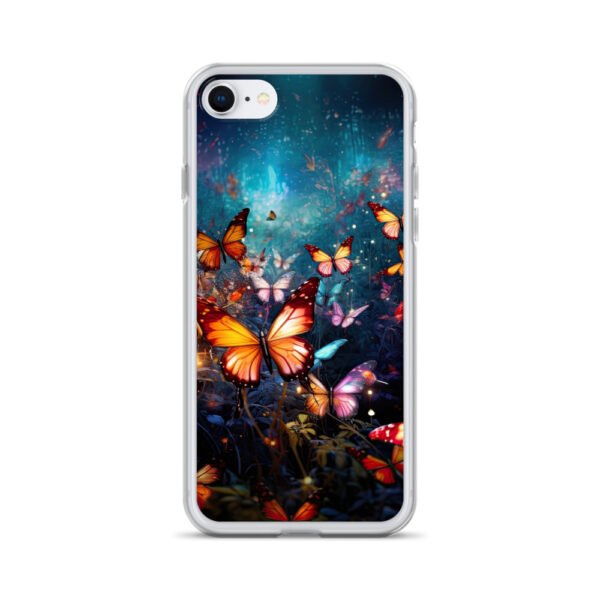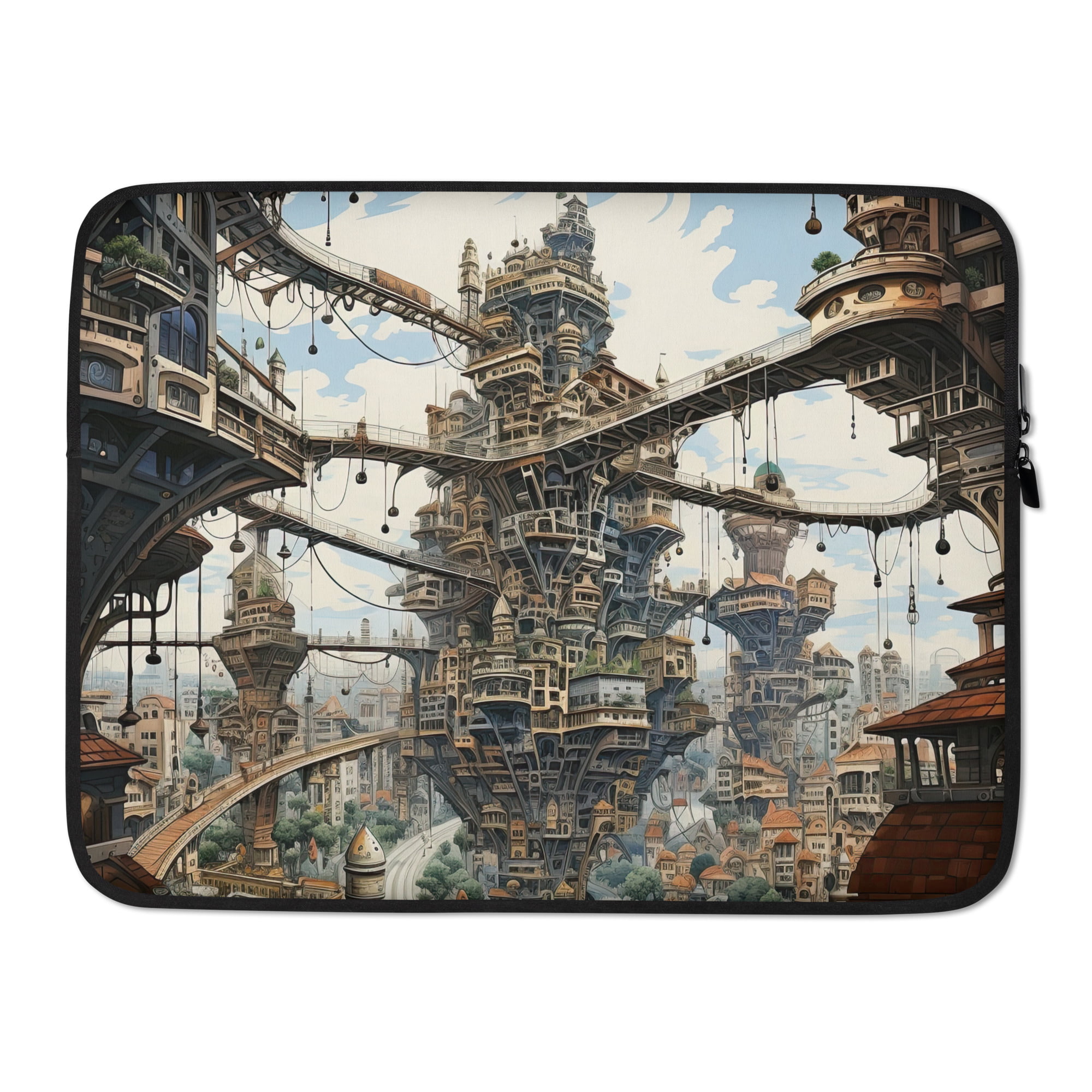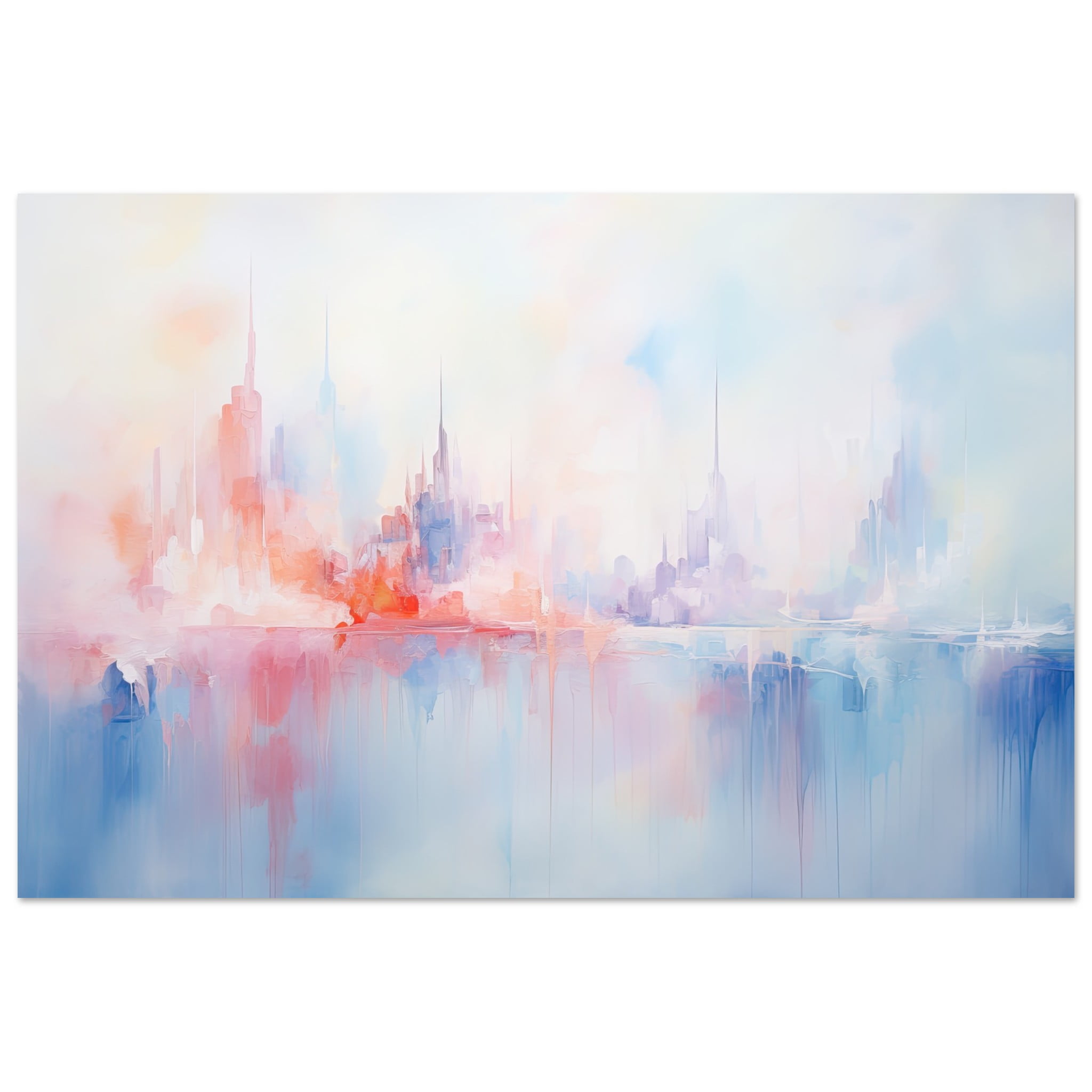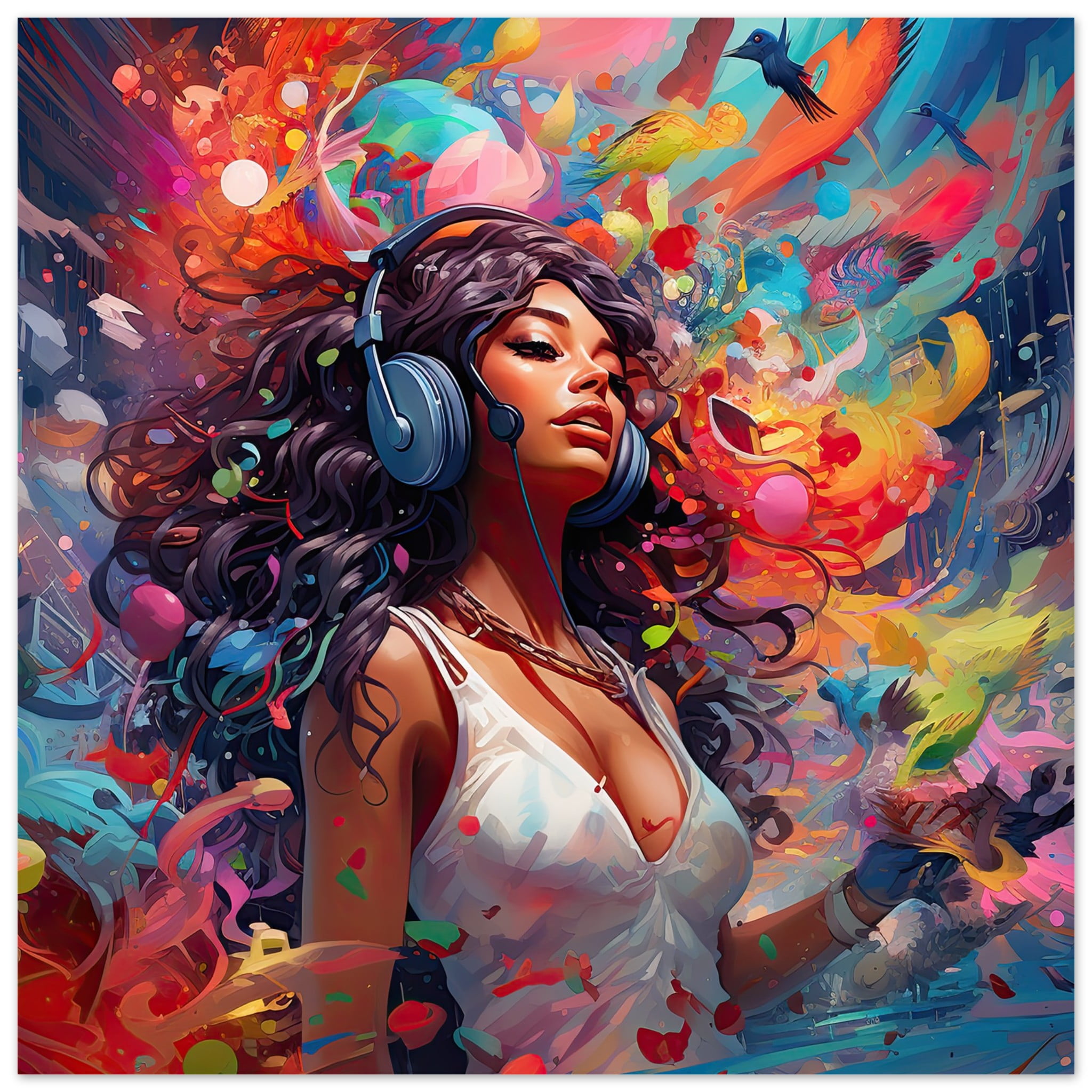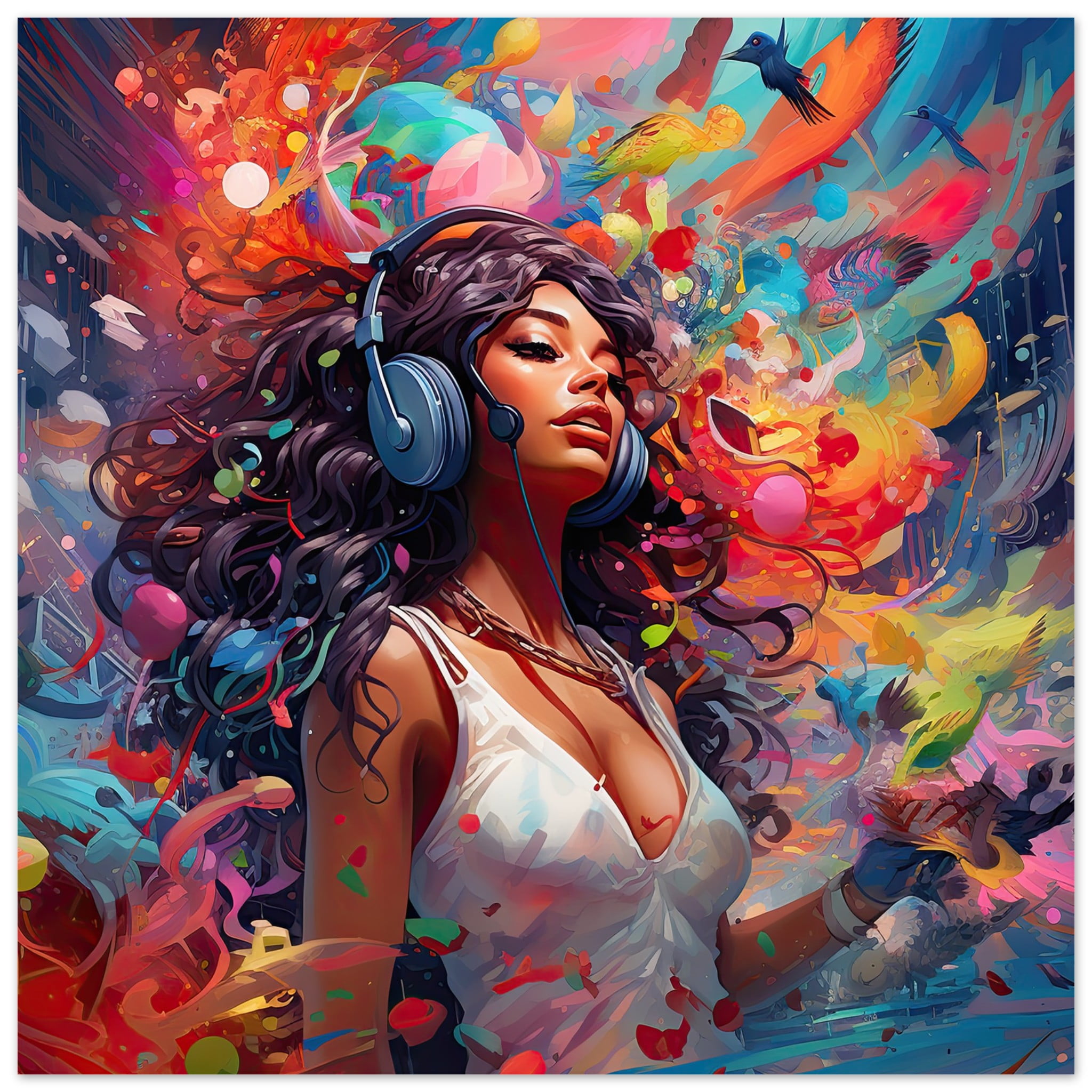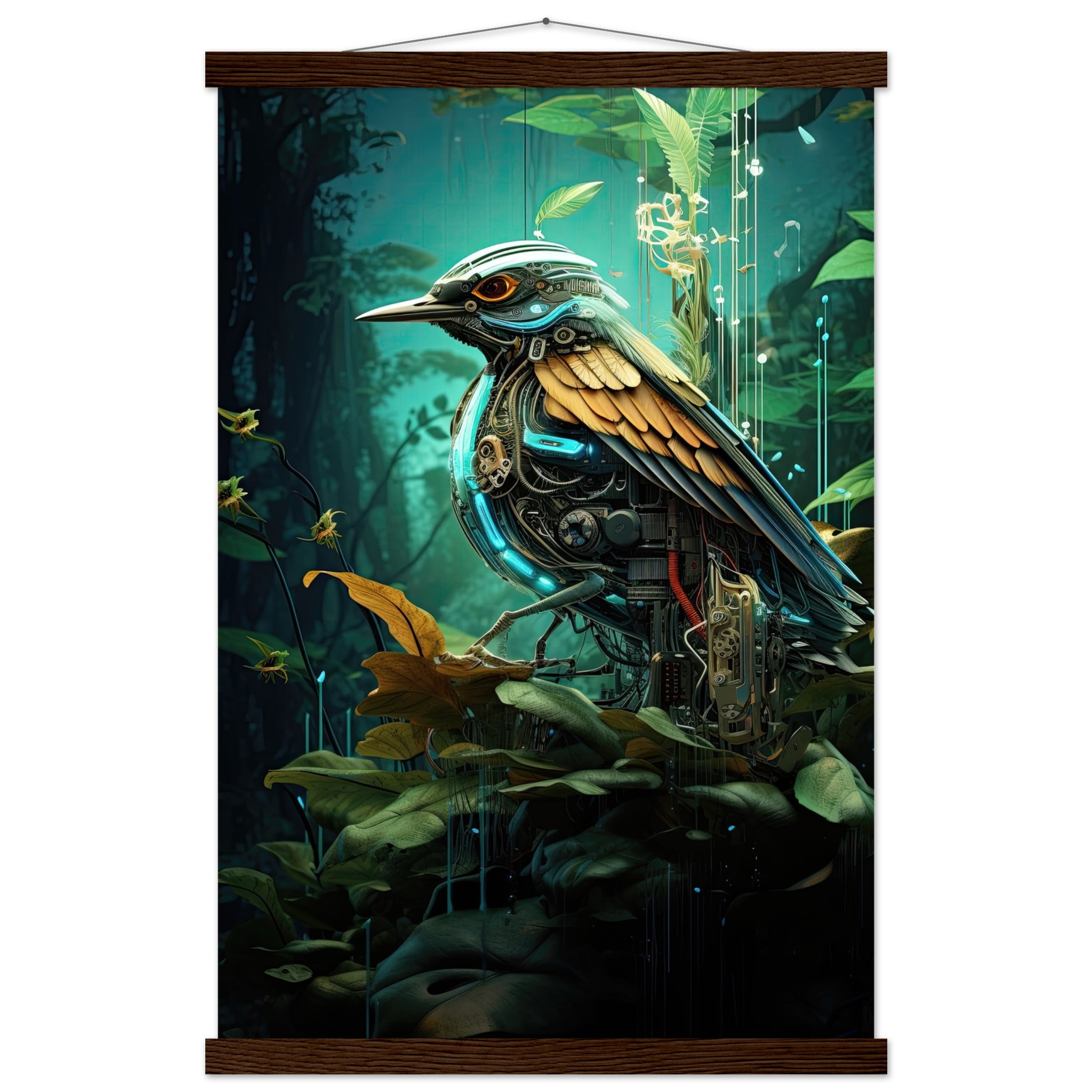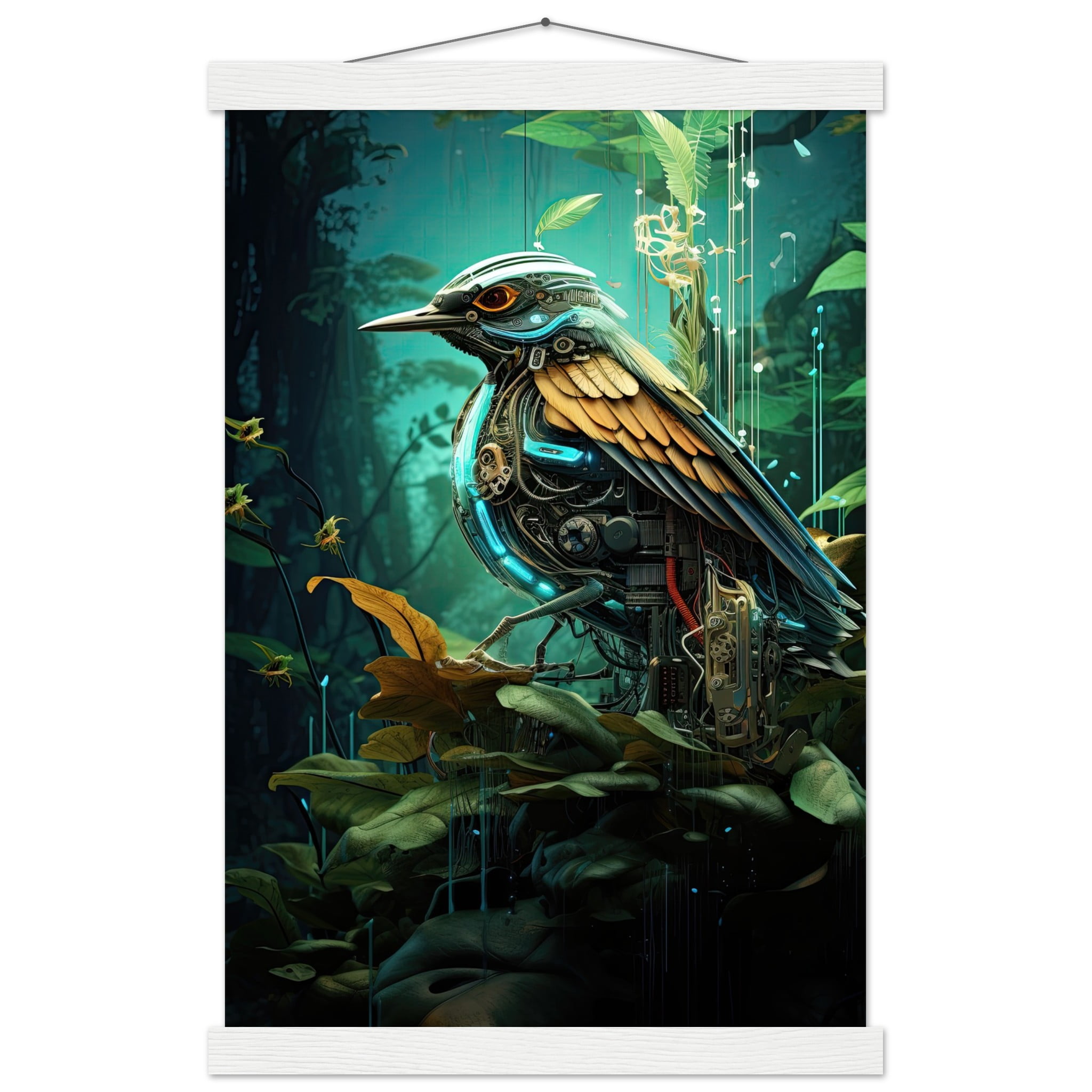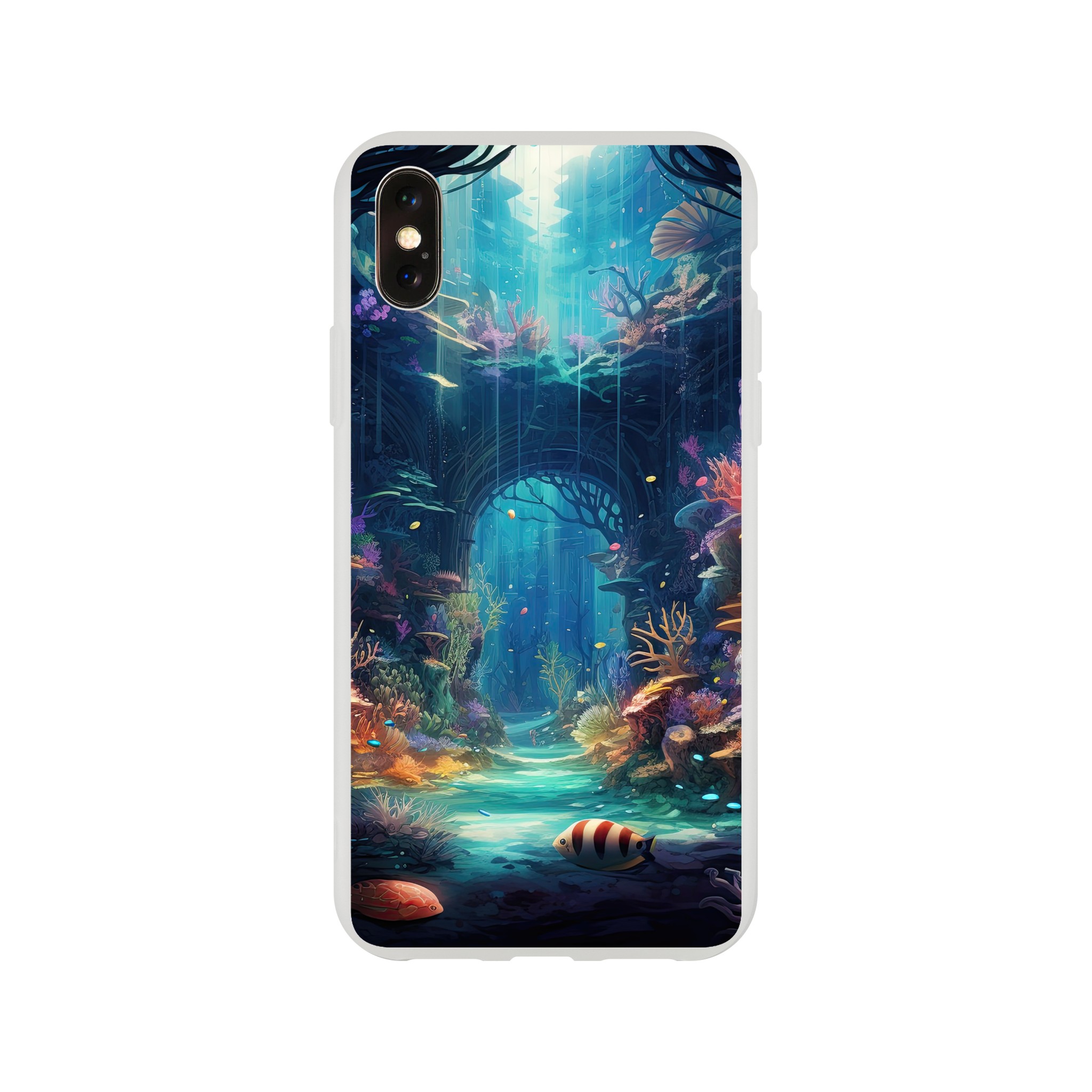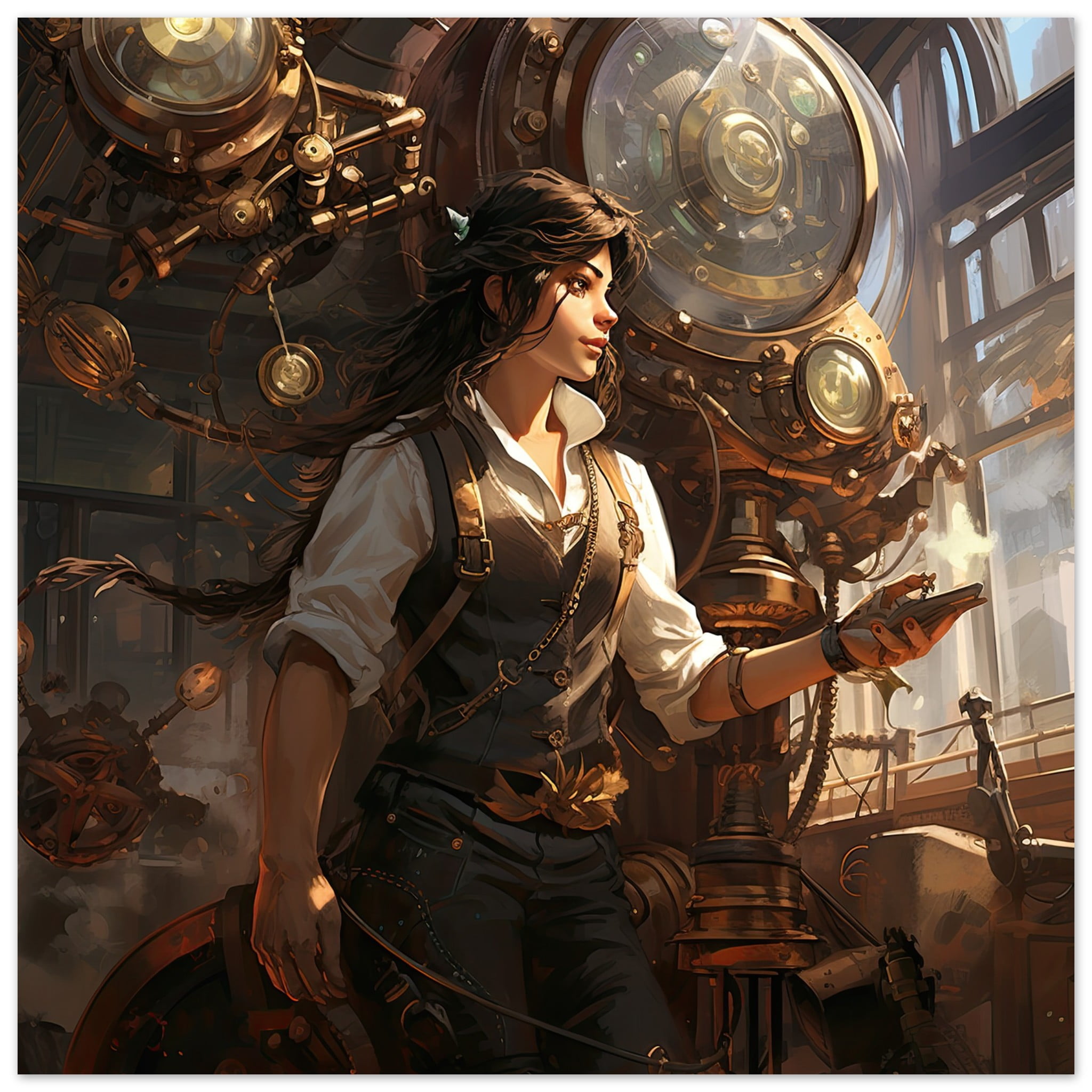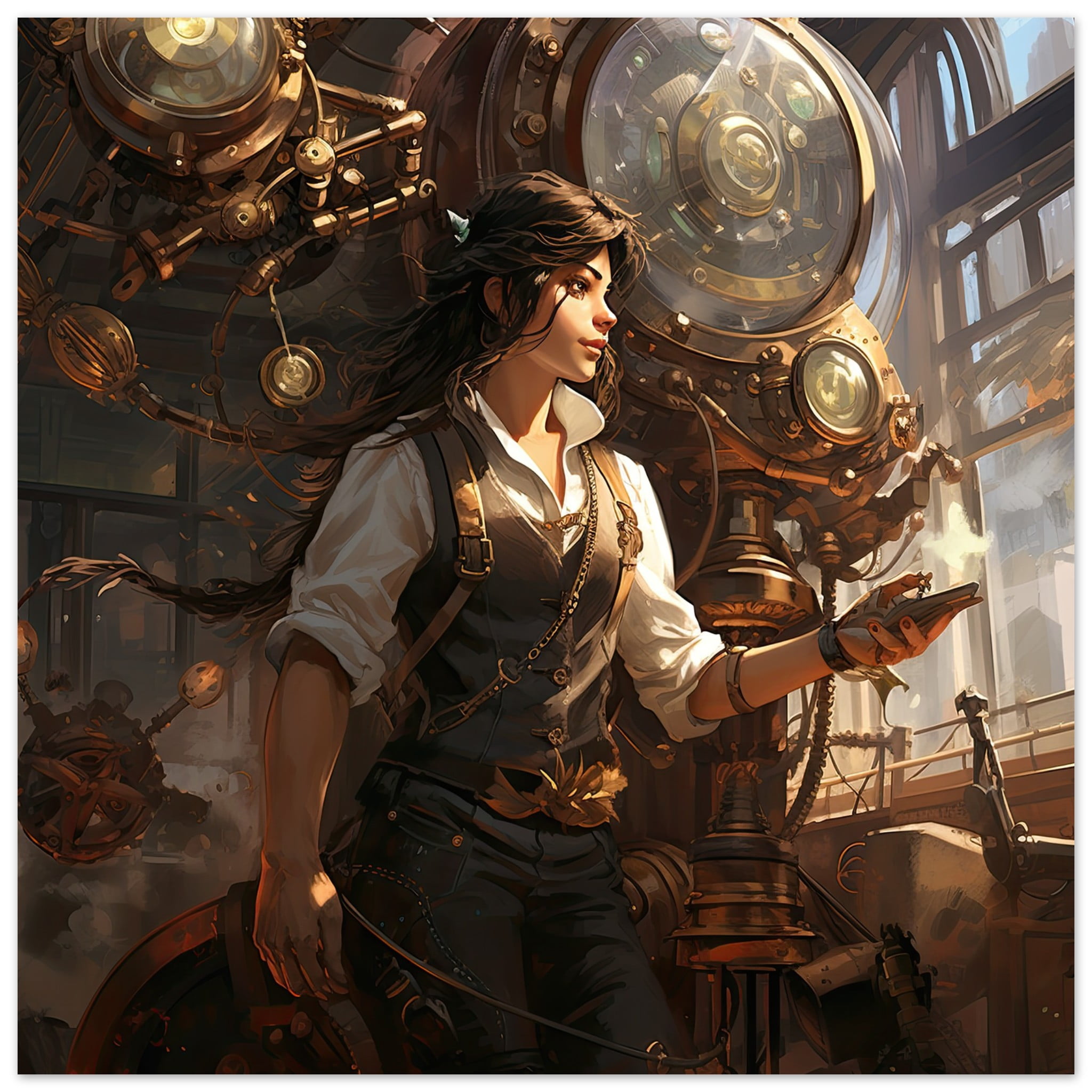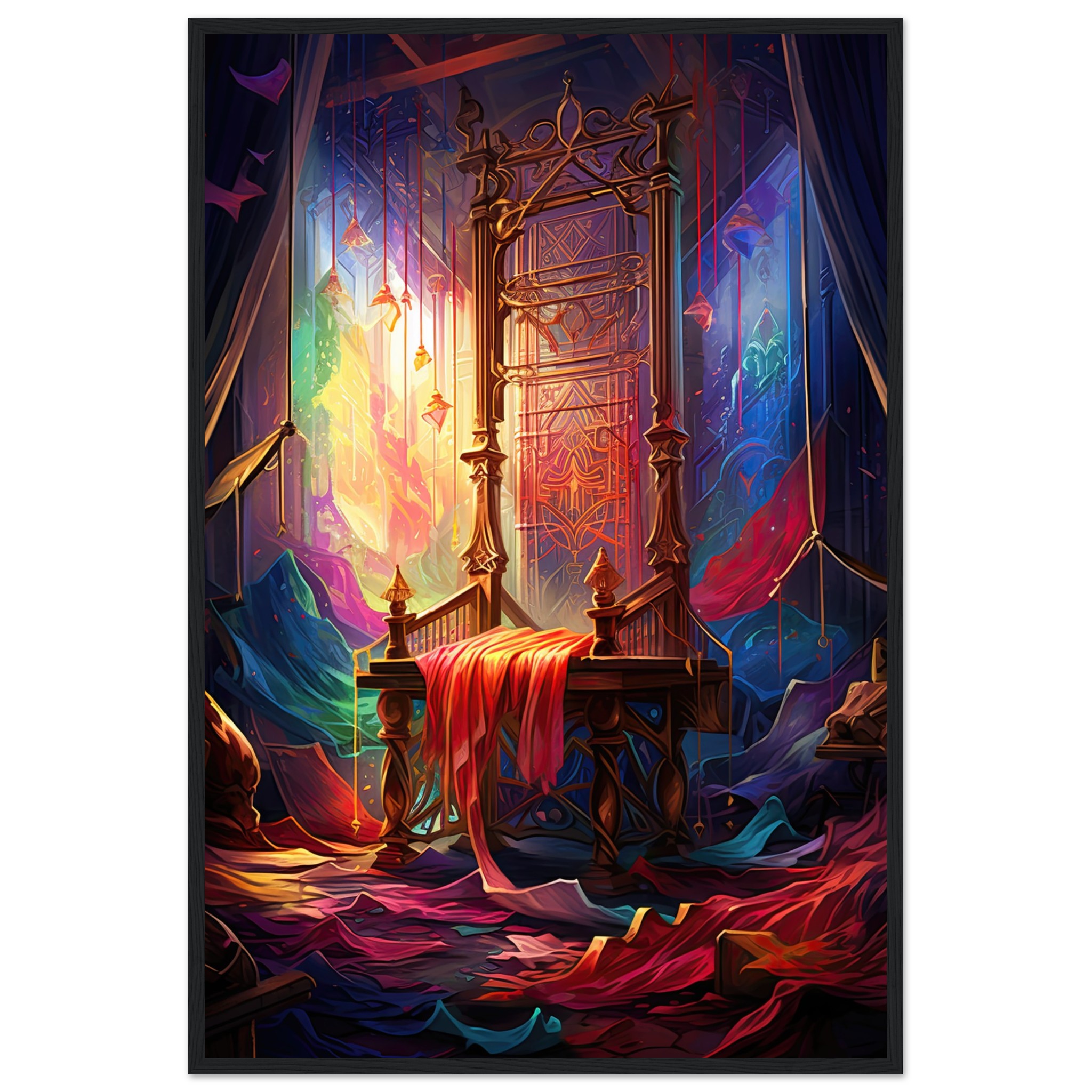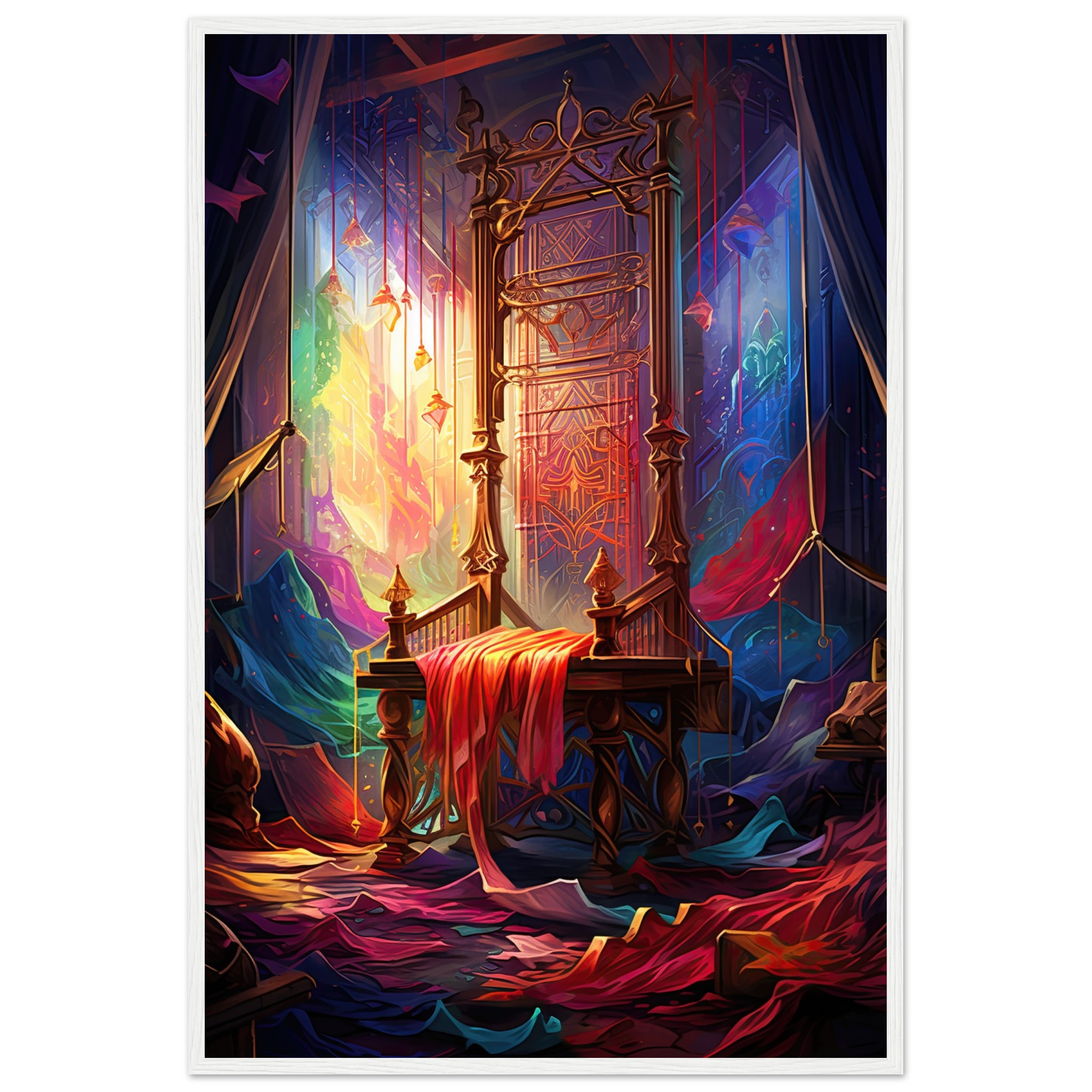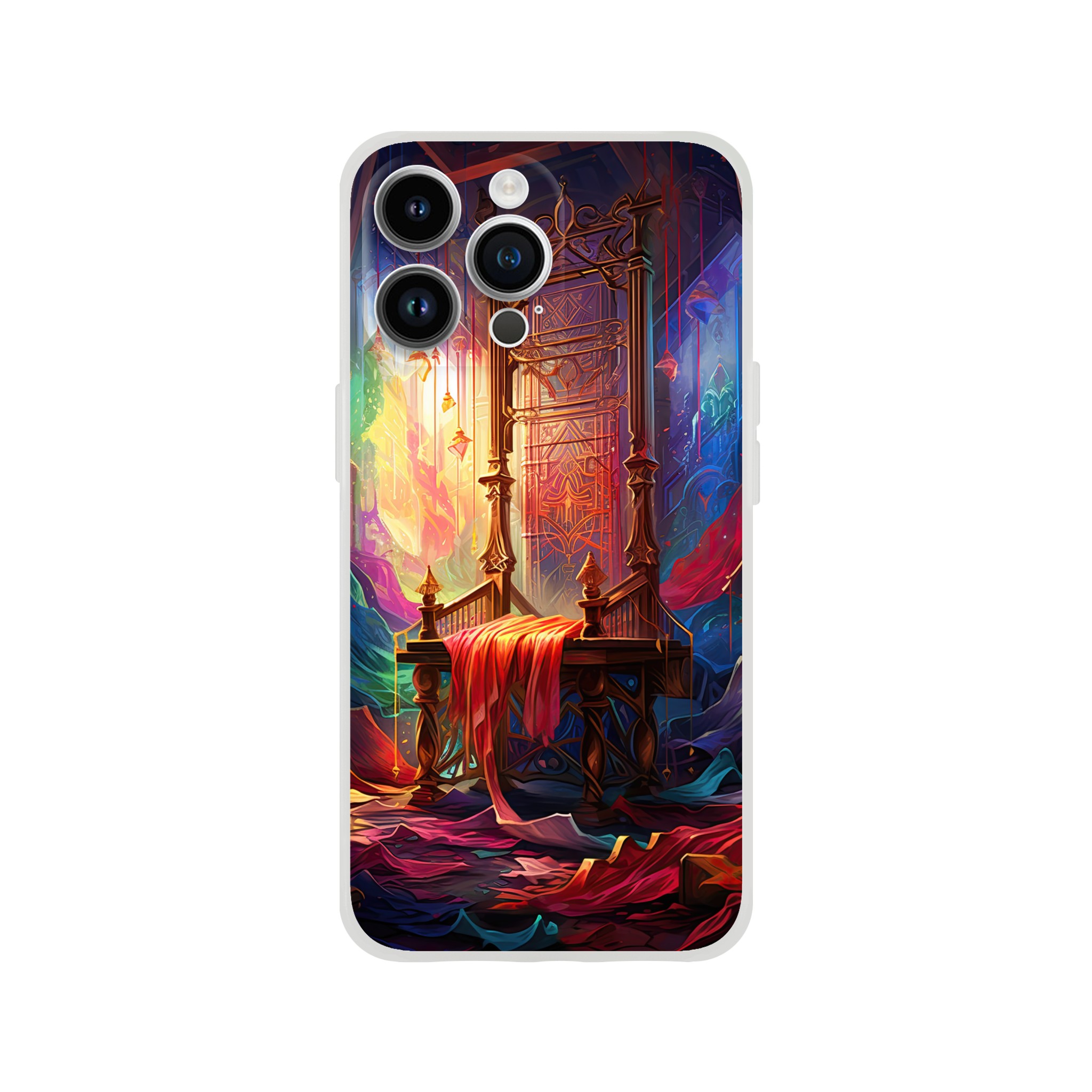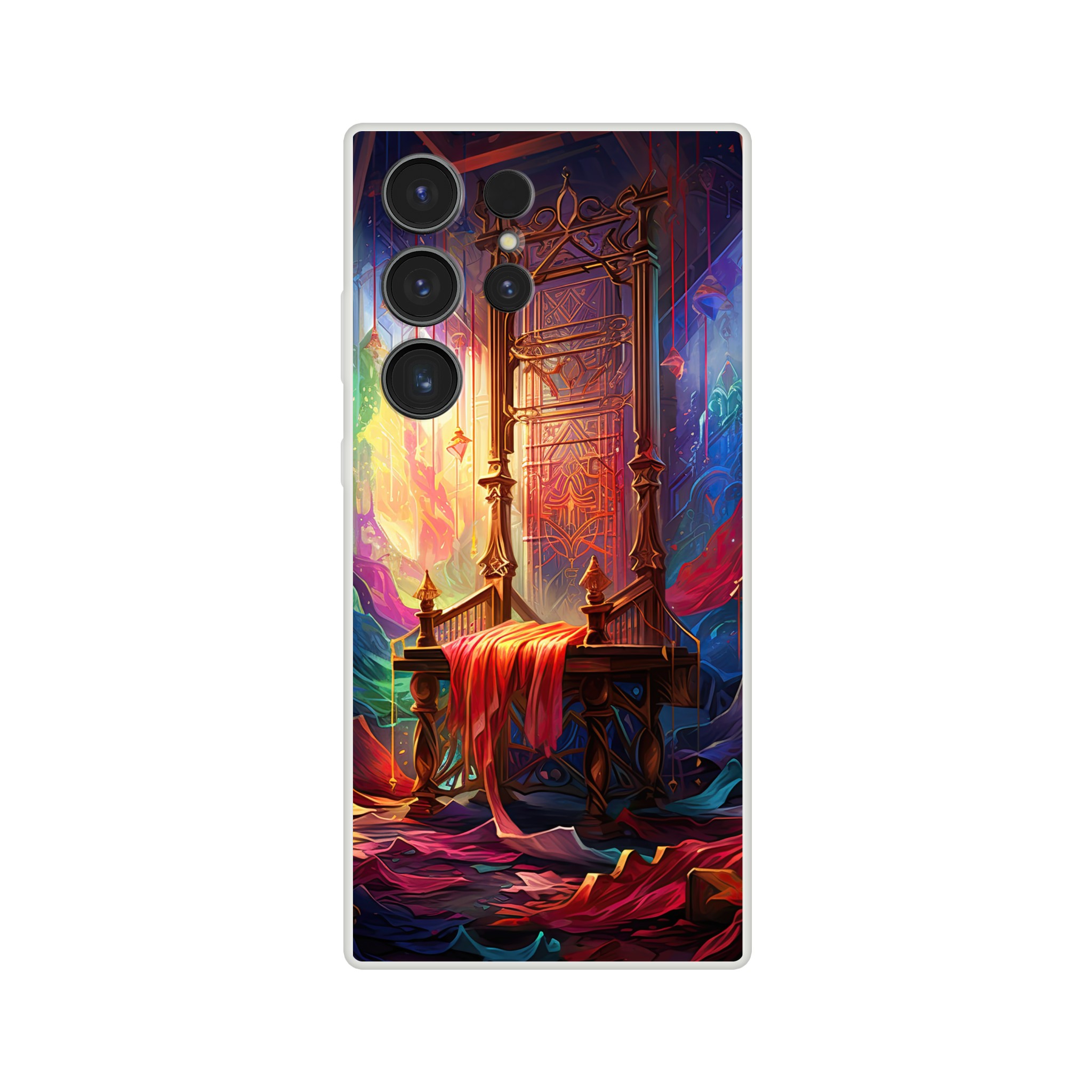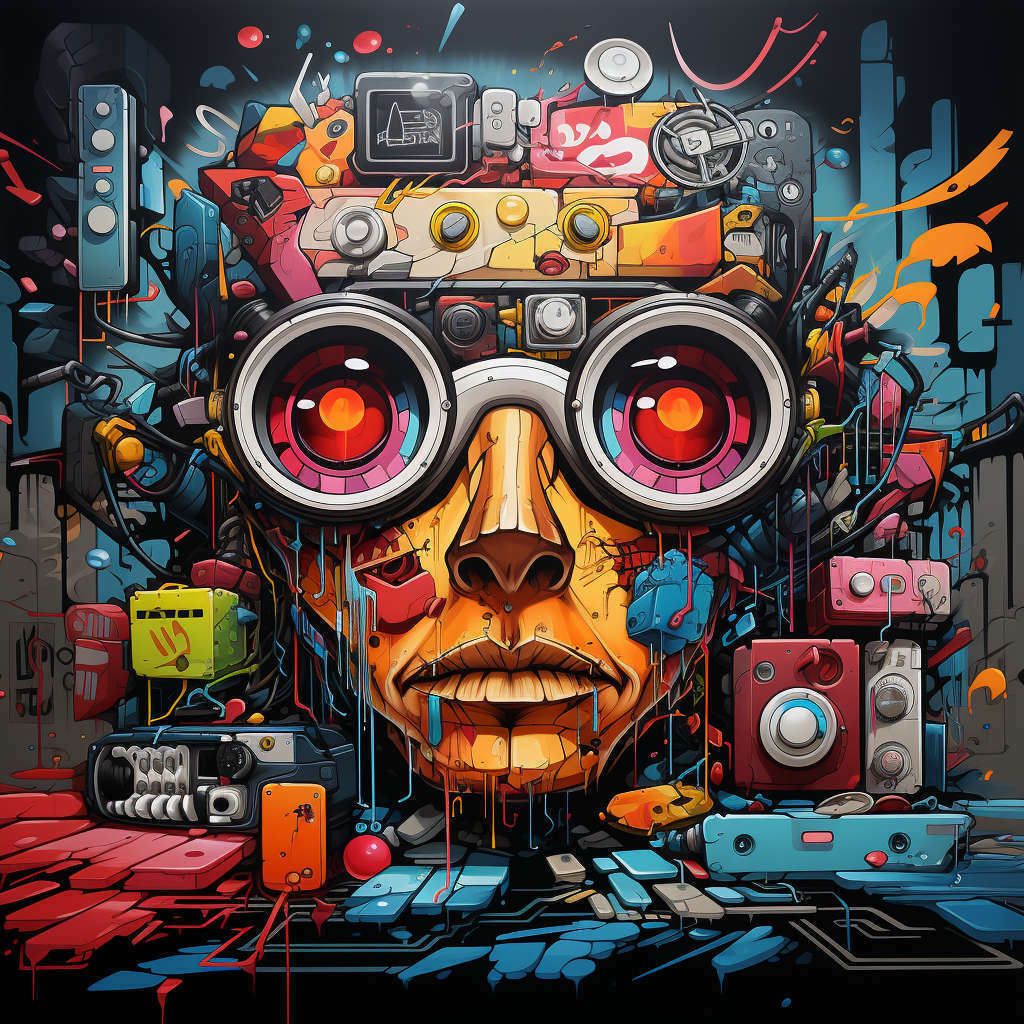
29
Aug
Urban Canvases: The Growth and Influence of Graffiti Art
Graffiti, often synonymous with street art, is a form of visual communication predominantly marked on public surfaces. Stemming from the Italian word “graffiato” which means “scratched,” the history of graffiti art as a form of expression dates back to ancient civilizations like the Egyptians, Greeks, and Romans. However, it’s the 20th and 21st centuries that have truly embraced this art form, catapulting it from subway tunnels into high-end art galleries. Today, graffiti is not only an act of rebellion but also a recognized genre of contemporary art, with many artists and the public questioning: Is graffiti vandalism or validated art?
Historical Context
Ancient graffiti was vastly different from the colorful murals that come to mind today. Scribbled on walls and carvings, it often served as a rudimentary form of communication, expressing daily life, love declarations, and even political dissent.
Modern graffiti’s roots can be traced back to the 1960s and 70s in Philadelphia and New York City. It began as a way for individuals, especially the youth, to mark their presence, express their identity, and voice societal grievances. Subway trains became moving canvases, with ‘tags’ becoming ubiquitous throughout urban landscapes. As it spread, different styles such as ‘throw-ups,’ ‘wildstyle,’ and ‘stencil graffiti’ evolved.
From Streets to Galleries
The late 1970s and early 1980s saw a transformation in how graffiti was perceived. Galleries began to recognize the talent behind these anonymous creations, and graffiti found its place in the world of fine art. Artists like Jean-Michel Basquiat and Keith Haring started in the subways but quickly rose to international acclaim, bridging the gap between street art and the traditional art world.
Graffiti’s journey from illicit tags to sought-after canvases highlights its dynamic nature. Banksy, an anonymous England-based street artist, political activist, and film director, pushed the boundaries further. His satirical and subversive street pieces combined dark humor with graffiti and propelled the art form into mainstream media. Today, Banksy’s works fetch millions at auctions, a far cry from the days when graffiti was merely seen as an act of vandalism.
Graffiti’s Impact on Culture and Society
The cultural implications of graffiti art are vast. In many ways, graffiti has become a voice for those who felt voiceless, a way to reclaim public spaces and challenge the status quo.
Graffiti often tackles issues like politics, freedom, and identity. For example, the Berlin Wall, once a symbol of division, was covered in graffiti that conveyed messages of hope, unity, and defiance against oppression. Similarly, during the Arab Spring, walls across Middle Eastern countries bore witness to the public’s aspirations and dreams.
Beyond political messages, graffiti has also played a significant role in the growth and evolution of hip-hop culture, intertwining with its music, dance, and fashion elements.
The Controversy: Art or Vandalism?
As graffiti’s popularity has soared, so too has the debate around its legitimacy. Detractors argue that graffiti, unless sanctioned, is vandalism—illegal and damaging to public and private property. Many cities around the world spend vast amounts of money annually on graffiti removal, viewing it as a marker of urban decay and a detriment to property values.
Conversely, proponents view graffiti as a genuine form of artistic expression, an integral aspect of urban culture, and a tool for social commentary. They argue that, like any art form, it should not be dismissed outright because of its often unconventional medium and origins.
The Future of Graffiti Art
With the rise of street art festivals, mural programs, and even graffiti tours, it’s evident that graffiti art is more than just a fleeting trend—it’s a lasting form of expression. Digital technology has also embraced graffiti, with augmented reality and virtual graffiti becoming emerging trends.
However, as graffiti becomes more mainstream and commercialized, it faces the challenge of maintaining its original essence—a raw, unfiltered voice of the streets. Only time will tell if it can balance its newfound acceptance with its rebellious roots.
Graffiti art, from its ancient beginnings to its modern-day manifestations, is a testament to the human need for self-expression and communication. Its journey from the alleyways to the galleries, from being dismissed as vandalism to being celebrated as art, mirrors society’s evolving understanding of art and culture. Regardless of individual opinions on its validity, graffiti’s impact on modern culture is undeniable and will continue to shape and reflect societal sentiments for years to come.
